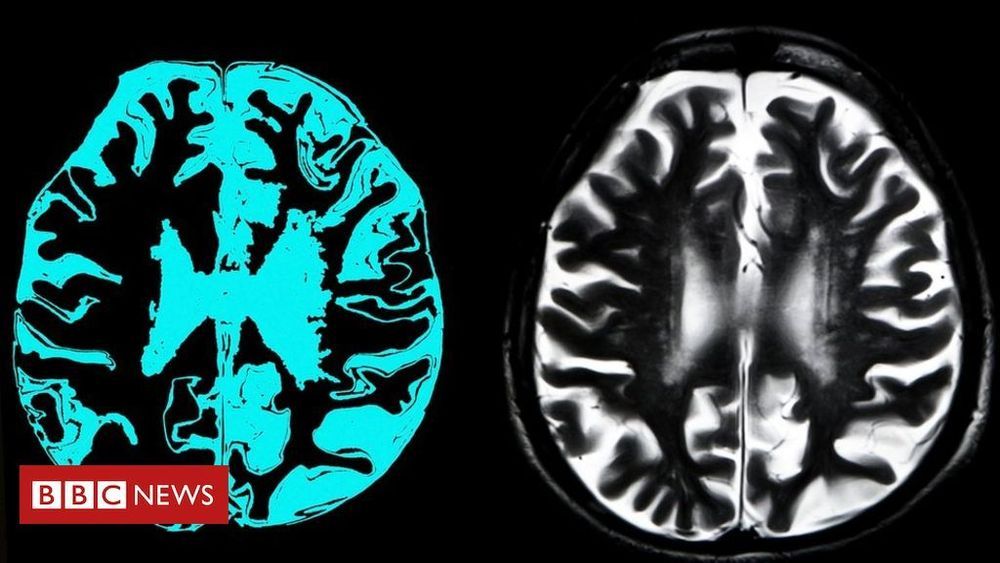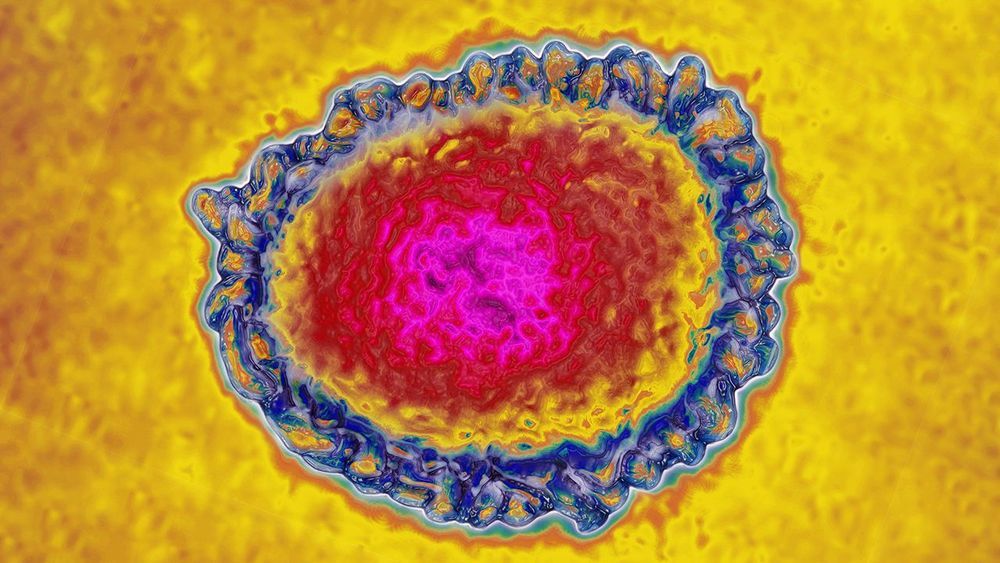Gene-Edited Bulls
Although GMO wheat, corn, and other crops are frequently used in the US, scientists and farmers have begun shifting their focus to a far more accurate, cheaper, and potentially acceptable way of tinkering with the genome: genetic editing.
We’ve spilled plenty of ink on the merits of CRISPR and older-generation genetic editors such as TALEN. Rather than blindly sticking additional genes into a genome, these are guided approaches that surgically snip out or insert additional genetic material, and as such, are far more precise and predictable. Rather than inserting alien genes into our foods, scientists can now cut out genes detrimental to crop growth, or mimic mutations that provide advantages—a sort of “gene therapy” for food, but for enhancement rather than treatment.






